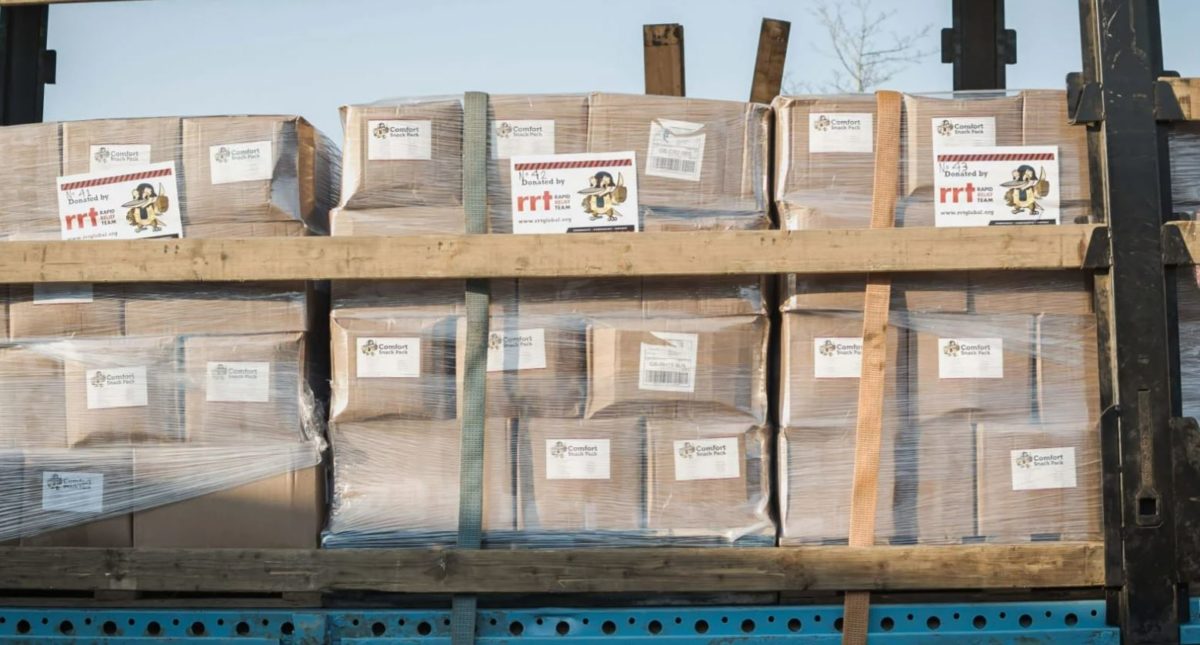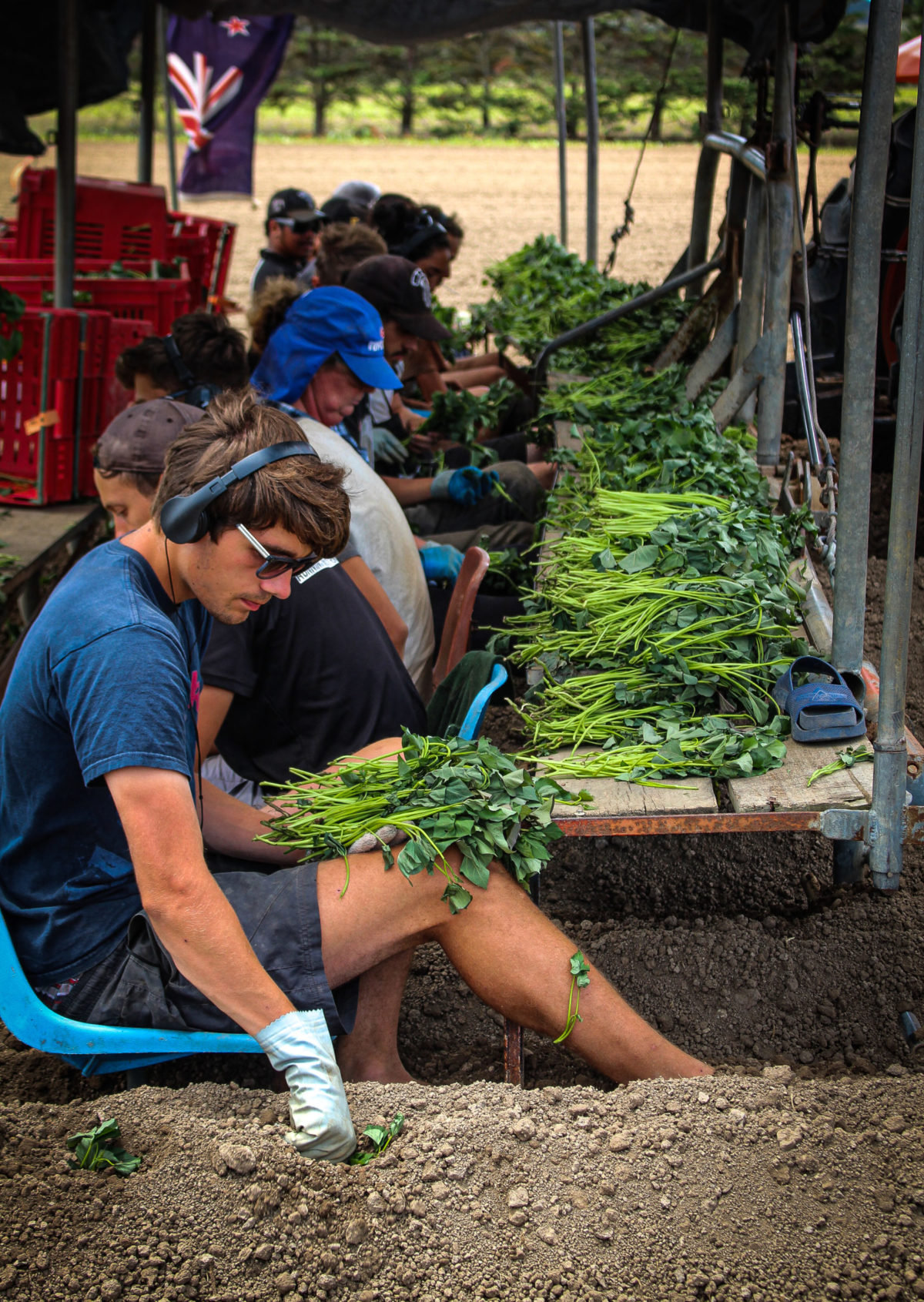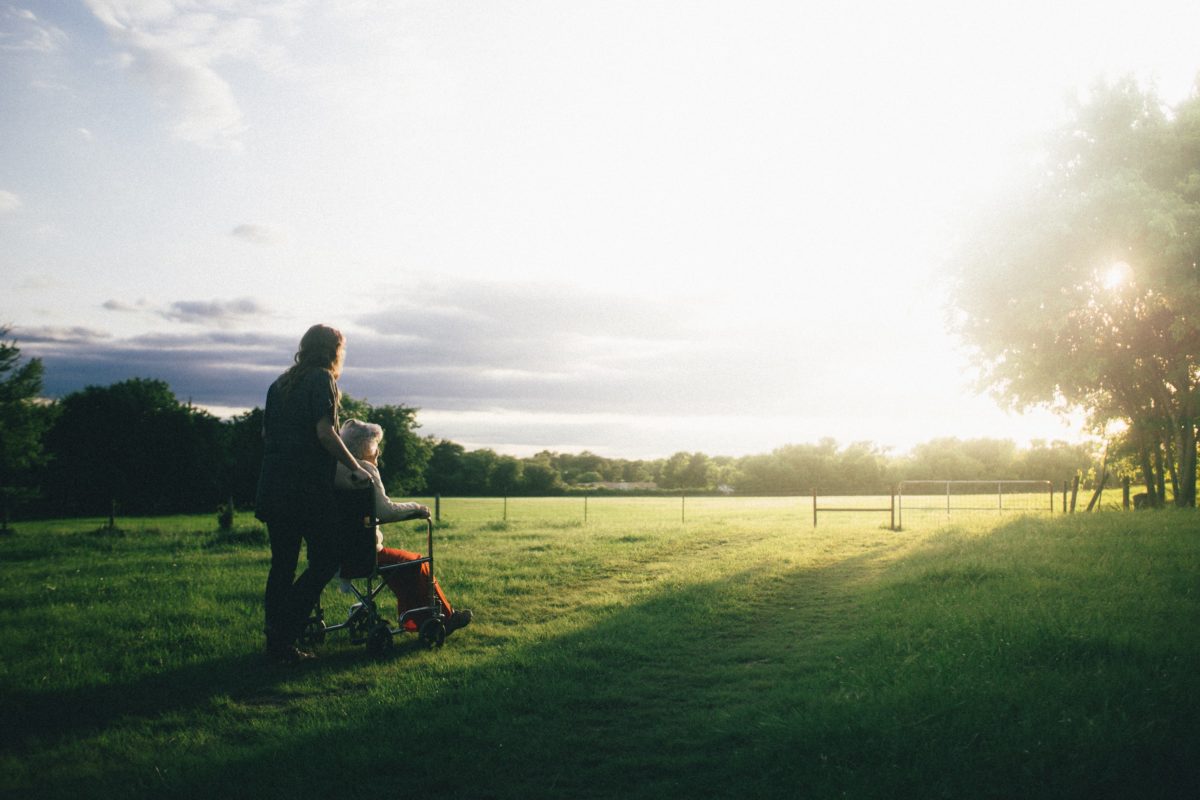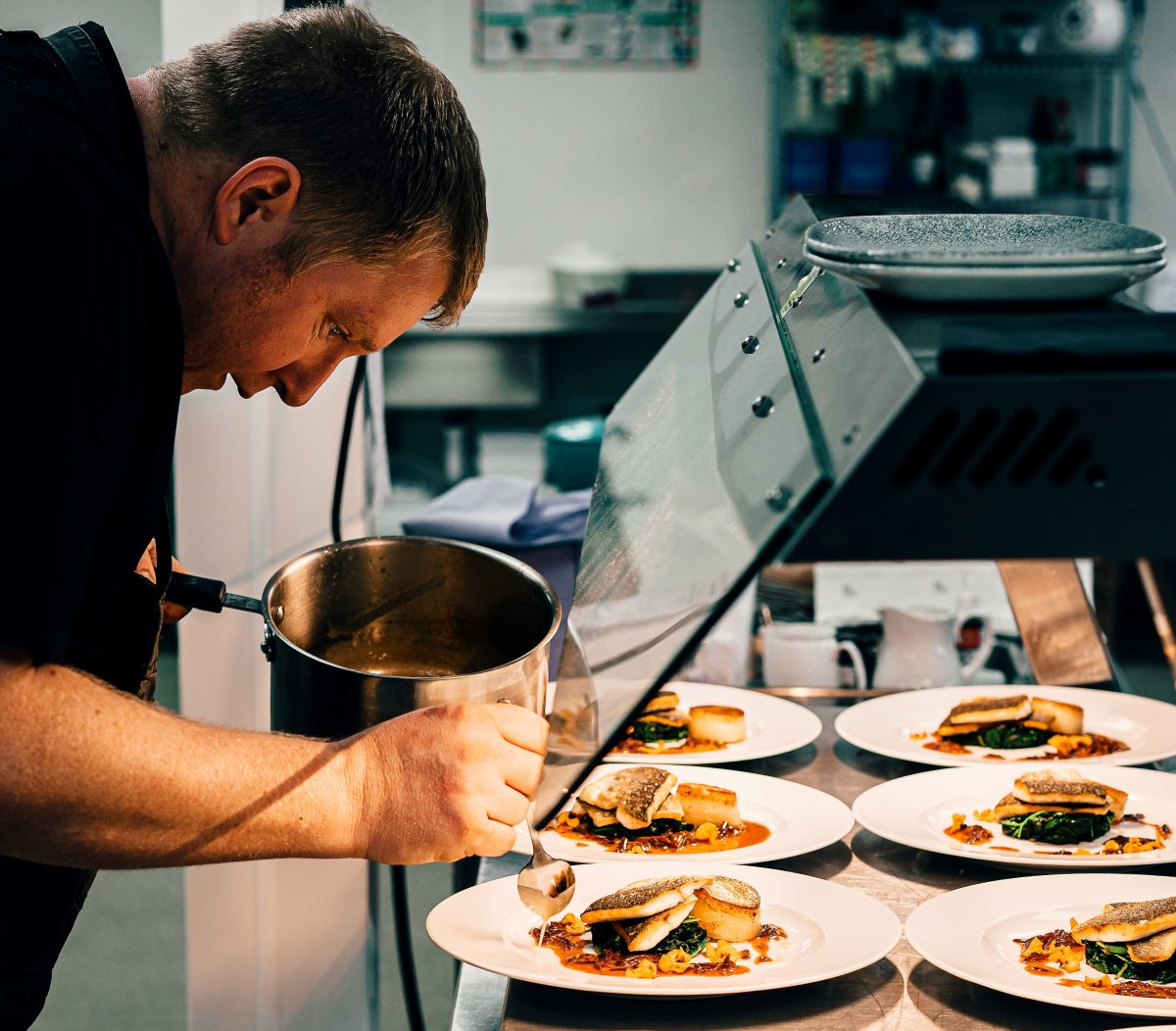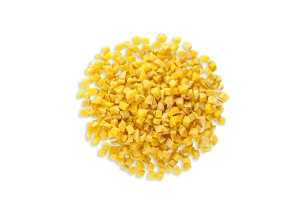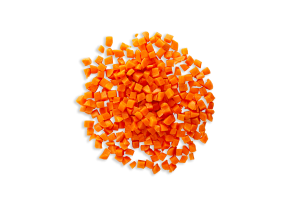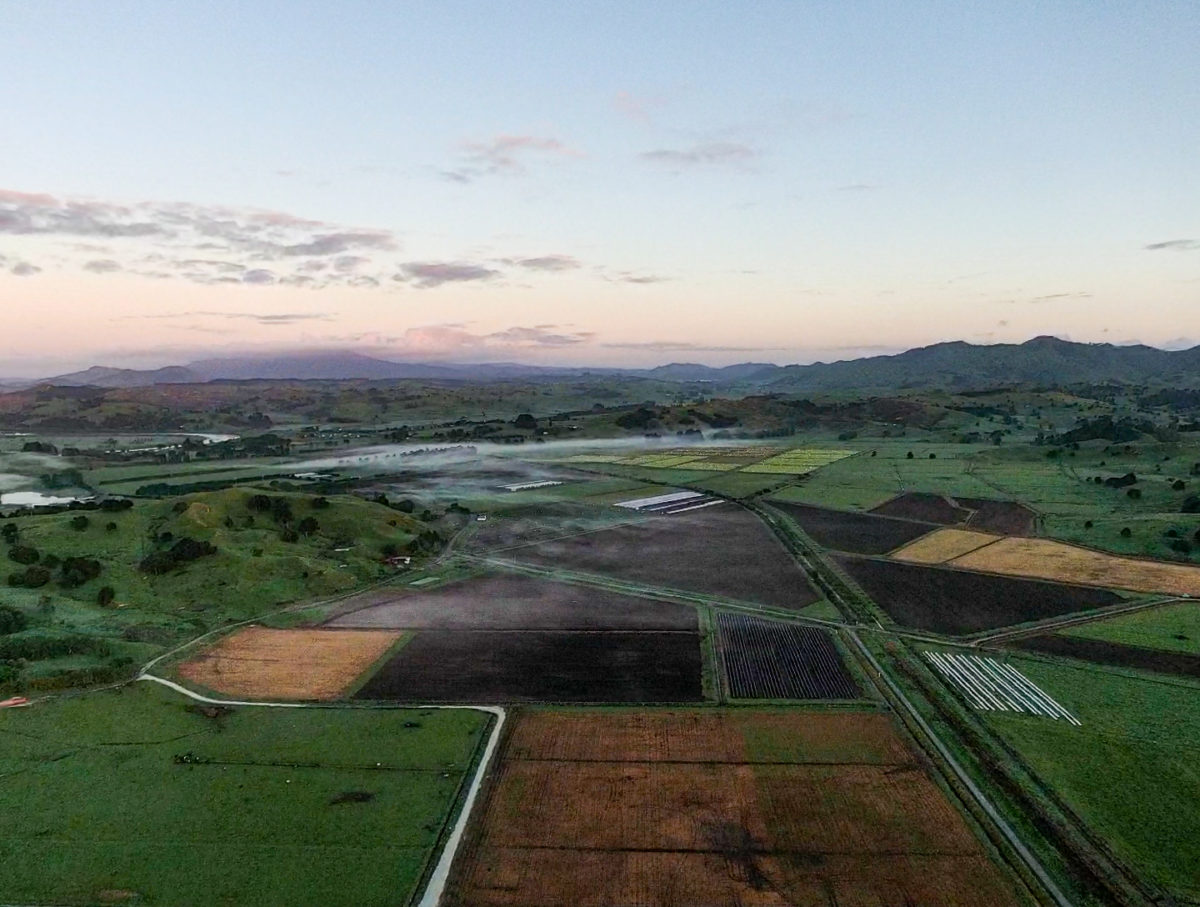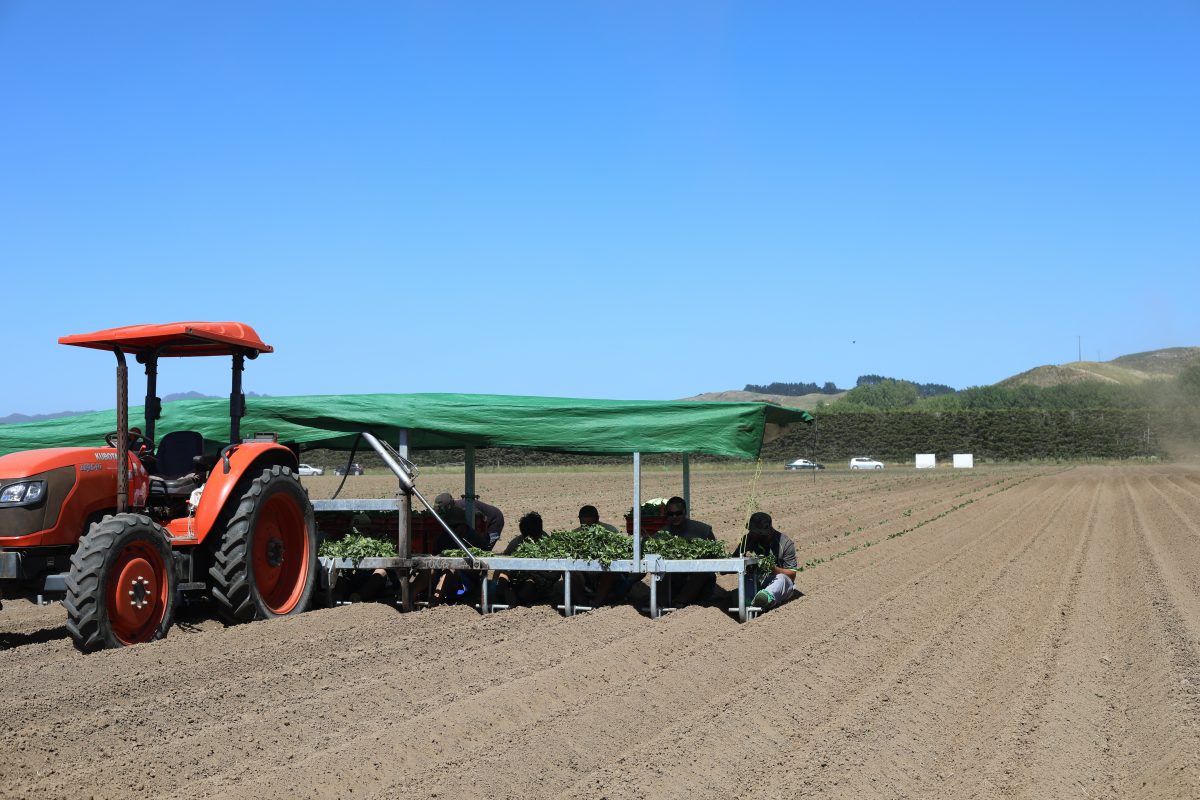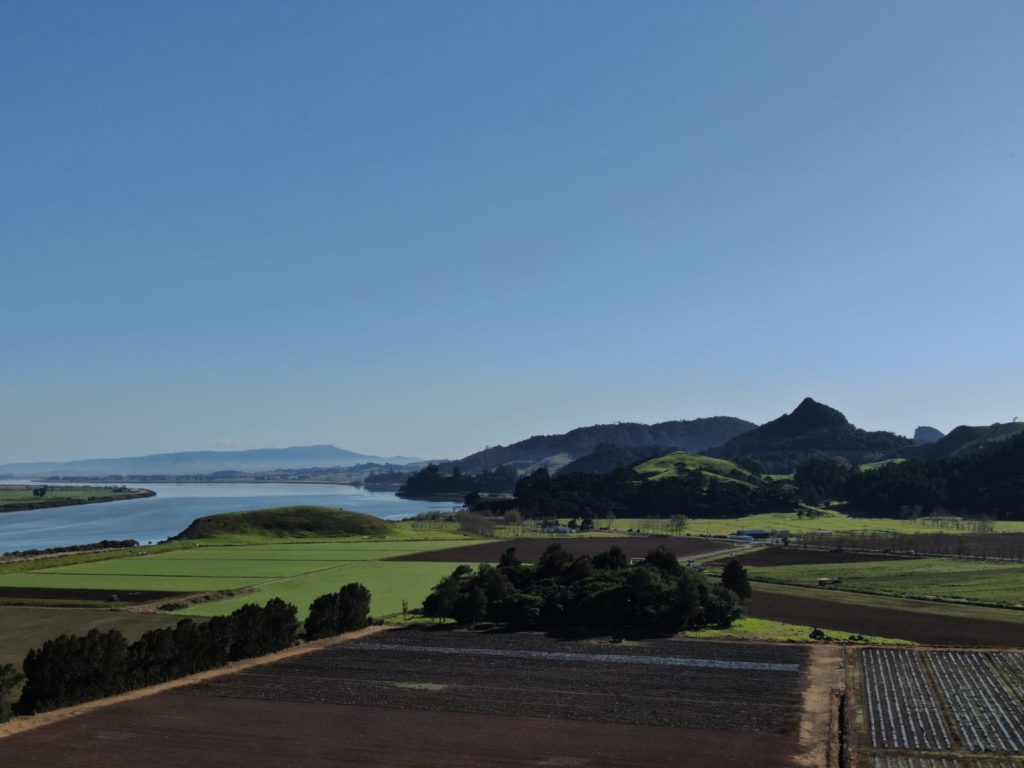A massive THANK YOU to all our customers who bought from us over the month of August. Every little bit helped us to reach our target of $10,000!
With their help we raised a total of $10,008.50 for the oppressed people of Ukraine. We were determined to hit our target so we rallied to the cause and donated $1445 ourselves.
We have all watched in horror as so many innocent people have had their whole livelihoods ripped away and their families torn apart. The stories of defenseless civilians killed while waiting in line for food, of ordinary people like you and me denied what we regard as normal necessities such as food, hygiene, water and electricity. The escaping mother who walked for 24hrs in sub-zero temperatures carrying her twin babies. These are people who are isolated from the world due to no internet, often not even knowing the whereabouts or welfare of their own loved ones. Ordinary people, forced to endure extraordinary hardship through none of their own making.
In response to this crisis unfolding in Ukraine, RRT launched Operation 322 to deliver emergency food and personal care supplies to those displaced.
With essential food and personal care products in high demand, RRT is loading trucks with Food Boxes filled with non-perishable food items, Care Kits equipped with personal care products, Baby Care Kits containing formula and nappies, bottled water and blankets.
At Fieldco we really care about people. That is what has moved us to support the people of Ukraine in this special way, via RRT. You can help us support them too when you purchase Fieldco fresh kumara in August or by donating directly through the link below.
Many thanks, together we know we can help ease someone’s pain in a very small way.
OUR GOAL: $10,000

So how did this work?
For Fieldco’s Finest kumara grades sold, we donated 10c p/kg towards the Operation 322.
Customers were able to access our Fresh Kumara ordering sheet to work out how many dollars they were giving back to families in need in Ukraine.
Would you like to give extra donation to this worthy cause? Click on the link below to view more on our GiveaLittle page.

